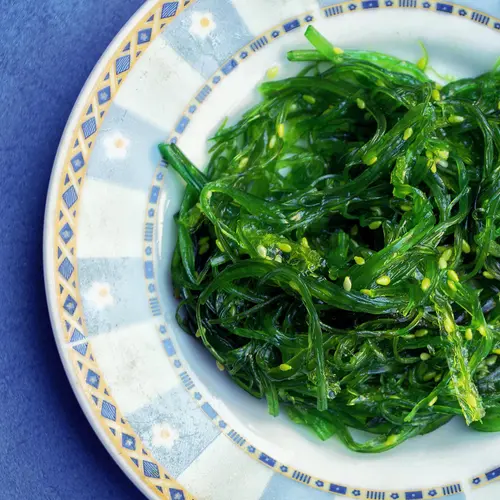Editor's note: This article was updated to include news that both Kraft Heinz and General Mills announced they will remove artificial food dyes from their U.S. products by 2027.
April 28, 2025 – Updated June 18, 2025 – As the U.S. government moves to phase artificial dyes out of the food supply, Kraft Heinz and General Mills announced this week that they will eliminate synthetic dyes from their U.S. products by the end of 2027 – a shift that's reigniting public concern over potential health risks linked to these additives, like behavioral problems and hyperactivity in children.
Eight dyes are FDA-approved approved for use in foods: Red 40, Yellow 5, Yellow 6, Blue 1, Blue 2, Citrus Red 2, Orange B, and Green 3. (A ninth, Red 3, was banned this year, at the end of the Biden administration, after two studies found that exposure to high amounts of it led to tumors in lab rats.)
But how worried should you be about these dyes? And will banning them really help your health? Here's what to know – and what you can do now.
1. What's going on? On April 22, the FDA and the U.S. Department of Health and Human Services announced they'd be working with food manufacturers to ban or eliminate all eight synthetic dyes. They hope to replace them with natural dyes by the end of 2026. Whether or not that's doable remains unclear, though the commitments by Kraft Heinz and General Mills mark a big development. But these chemicals have sparked controversy for decades, after researchers linked them to behavioral issues in children in the 1970s.
2. What's the big deal? Manufacturers use artificial colors to entice you to buy their food. One in every 10 food products contain at least one synthetic dye, according to an analysis by TheWall Street Journal – and of those, 40% have three or more. A study in Clinical Pediatrics found that 43% of foods marketed to children contain at least one artificial dye. While the amount per serving is typically less than 10% of what's deemed safe, kids often consume much more than a single serving in a day.
But this goes well beyond rainbow-colored candies and breakfast cereals. You'll find artificial dyes in plenty of grown-up products, too – including surprising things like smoked salmon, dried fruit, pickles, salad dressing, and yogurt.
3. What does the research show? Dozens of studies – most relatively small – have found that when some kids eat or drink things with artificial dyes, their behavior changes for the worse. In 2021, California's Office of Environmental Health Hazard Assessment released a report reviewing the evidence gathered. The report found that more than two-thirds of the studies linked artificial colors to behavioral issues in some children.
California and West Virginia have passed legislation banning the use of synthetic food dyes in school food. Almost two dozen more states have bills targeting them.
"Artificial dyes are clearly not necessary," said Emanuela Taioli, MD, director of the Institute for Translational Epidemiology at the Icahn School of Medicine in New York City. She was a reviewer for California's 2021 analysis. "Studies show they may create problems in kids in terms of their attention, their behavior patterns of anger and irritability."
4. What should you do now? Frustrating as it may be, the science linking food dyes to health concerns remains inconclusive. "Anyone who's telling you we know anything for certain in either direction isn't entirely correct," said Liam Sacino, public health advocate at the Public Interest Research Group. "We need way more research on this, but in the meanwhile, we can use natural food dyes."
Avoiding artificial colors isn't hard – all you have to do is read the ingredients list on packaged and prepared foods. (You won't find artificial dyes in fresh whole foods like fruits, vegetables, and meats.) By law, food manufacturers must list color additives, including any with a number. Note that for the dye revoked earlier this year – Red 3 – manufacturers have until 2027 to remove it, so you still have to keep an eye out.
But here's where things get a little confusing: Natural food colorings, made from things like beets and grape skins, may appear on the label via terms like "artificial colors," "artificial color added," and "color added."
Sacino recommends the free Yuka app to help remove the guesswork. "You can scan products, and it'll give you information about what's in the food," he said.
5. What happens next? While the FDA aims to ban two colors, Citrus Red 2 and Orange B, within the coming months, removing the other six will be voluntary. Even with two major food manufacturers now on board, switching to natural dyes may take years of recipe reformulation and equipment changes. For the time being, avoiding synthetic dyes is up to you.


